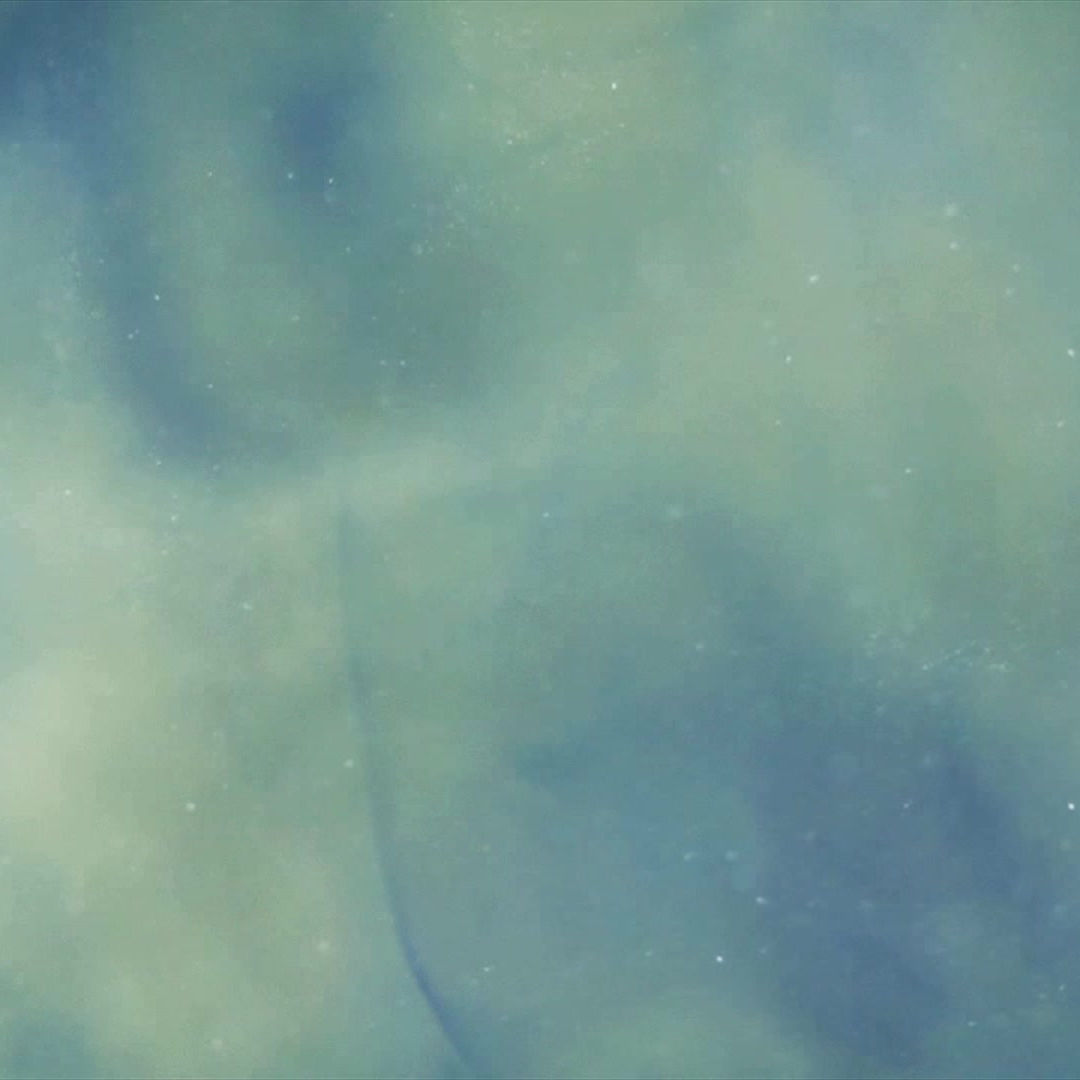By Jaime Ashworth

The purpose of Navigating Judaism is to help produce autonomous Jews - that is, people who can actively experience and meaningfully contribute to the community. The Life-Cycle is central to this: one of the most important aspects of Jewish community is gathering to celebrate and to mourn; constructing each other, ourselves, and our community as we do so. It is noteworthy that the attack on Tree of Life in Pittsburgh in 2018 and the hostage crisis in Colleyville, Texas, this past Shabbat, had life-cycle events at their heart: in Pittsburgh a baby-naming and in Colleyville a bar mitzvah.
Jonathan Boyarin has written of the tension in Judaism between community in time (that is, of common memory and understanding of the world) and community in space (when and where we gather together). As he puts it, ““...interaction among Jews need not be based on all Jews living together in the same space. If we devote more of our energies to resurrecting our ancestors, then Jews can derive much of the interactive sustenance we need from living together in time.” (Storm from Paradise, p.128) It is a truism of Jewish history that problems posed by a lack of “space” (the destruction of the Temple) have been responded to by repurposing time as space - as we do every Friday evening, when the action of lighting candles creates a bubble of sacred time. Similarly, when we begin services with mah tovu, we transform a fragile web of electronic impulses into a virtual tabernacle, the sanctuary created by intention no more (or less) real than the tents of Jacob, or the homes of Rachel.
This idea of “interactive sustenance” has become an even more central part of our lives in the last two years since COVID became a part of our lives, as the constraints on gathering, meeting, or even seeing each other have demanded creative responses. The Colleyville crisis was livestreamed because the bar mitzvah was being held in COVID-secure conditions, with only a small number physically present in synagogue. Much more positively, the success of the “New Builders’ Shabbat” which I was privileged to experience last Friday evening is testament to how effectively Jewish ritual can be repurposed or invented to meet the needs of the moment.
But to New Builders the personal and liturgical calendars can need a considerable depth of explanation, both symbolic and practical. Why do Jewish couples meet under a chuppah for marriage? What is the significance and meaning of brit milah? Why do Jews sit shiva? How should I behave at these occasions? What should I expect to see, hear, and do on these occasions of personal and communal significance? In five sessions, we attempted to examine and answer questions around the life-cycle, led by Rabbi Daniel and enriched by the presence of our elders: Ed, Lois and Gay, who translated observance into anecdote and story. This powerfully illustrated why halachically the life cycle begins in adulthood with partnership: because the role of the life cycle is to transmit values to the next generation which will arise from love and partnership. How do we know what to do next? We ask those who have done it before.
Feedback from the group was very positive. Donald and Kati both reflected on the value of the sessions:
As a new Builder, Navigating Judaism improved my understanding of key life cycle Jewish rituals, their historic roots and relevance to everyday life in our progressive community . Without making us feel out of place, the friendly Makor Hayim folk led us through a complete life cycle and mapped Torah wisdom into our modern world realities applying refreshingly progressive opinions.The rituals and dealing with death and mourning were especially poignant and meaningful.
I absolutely LOVED the Navigating Judaism course and I am very much looking forward to the next course starting soon. What I liked most about the course is that not only those on the conversion path were attending but also other members from the community, especially elders, and I liked that it felt like a collaboration, and not like a classroom situation. I liked that we were invited and encouraged to question and discuss, that made everything we’ve learnt really accessible.
As we begin another series of sessions, this time on Jewish History, I hope that this unit will be as informative, thought-provoking, and helpful as the last.
